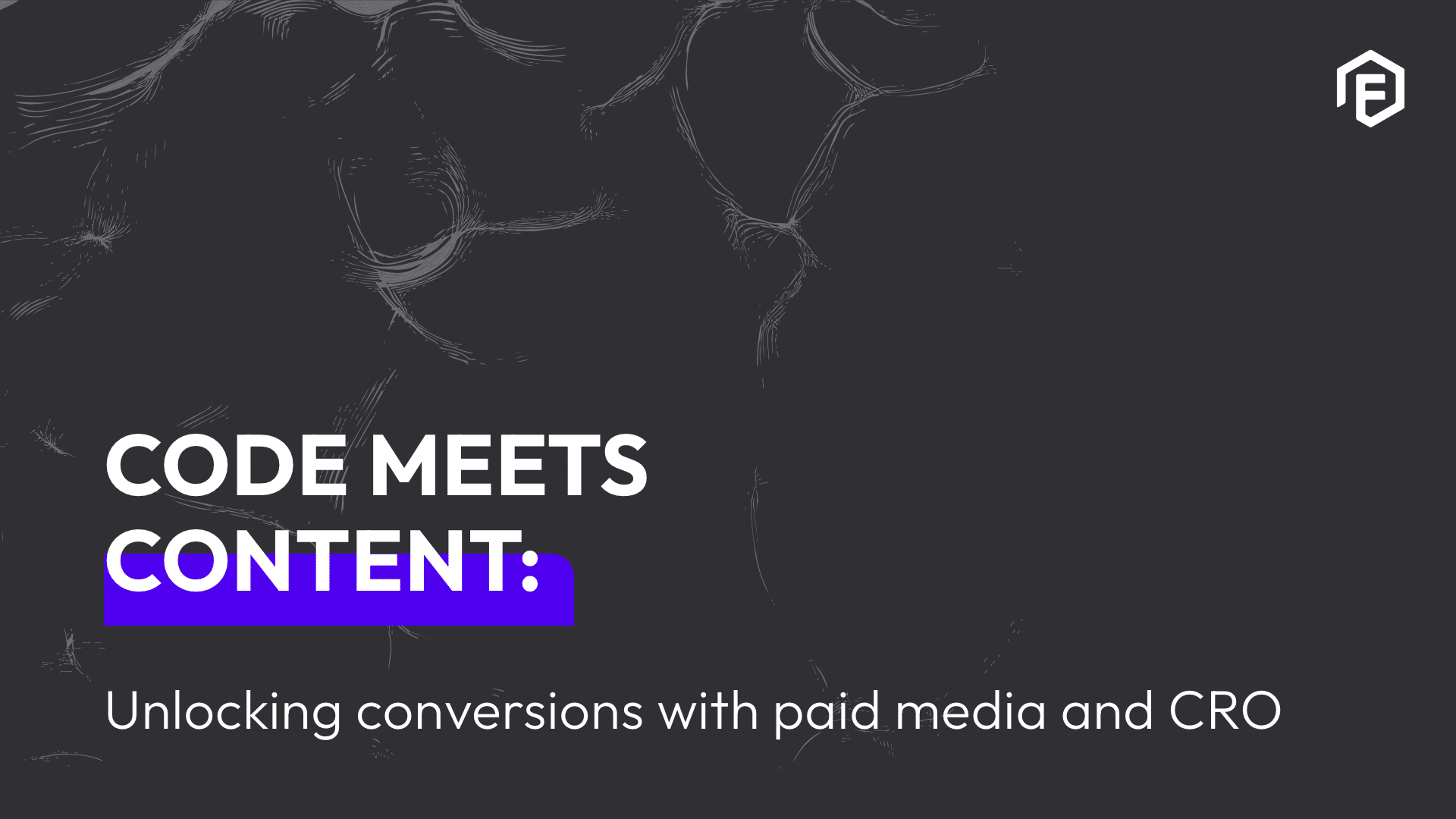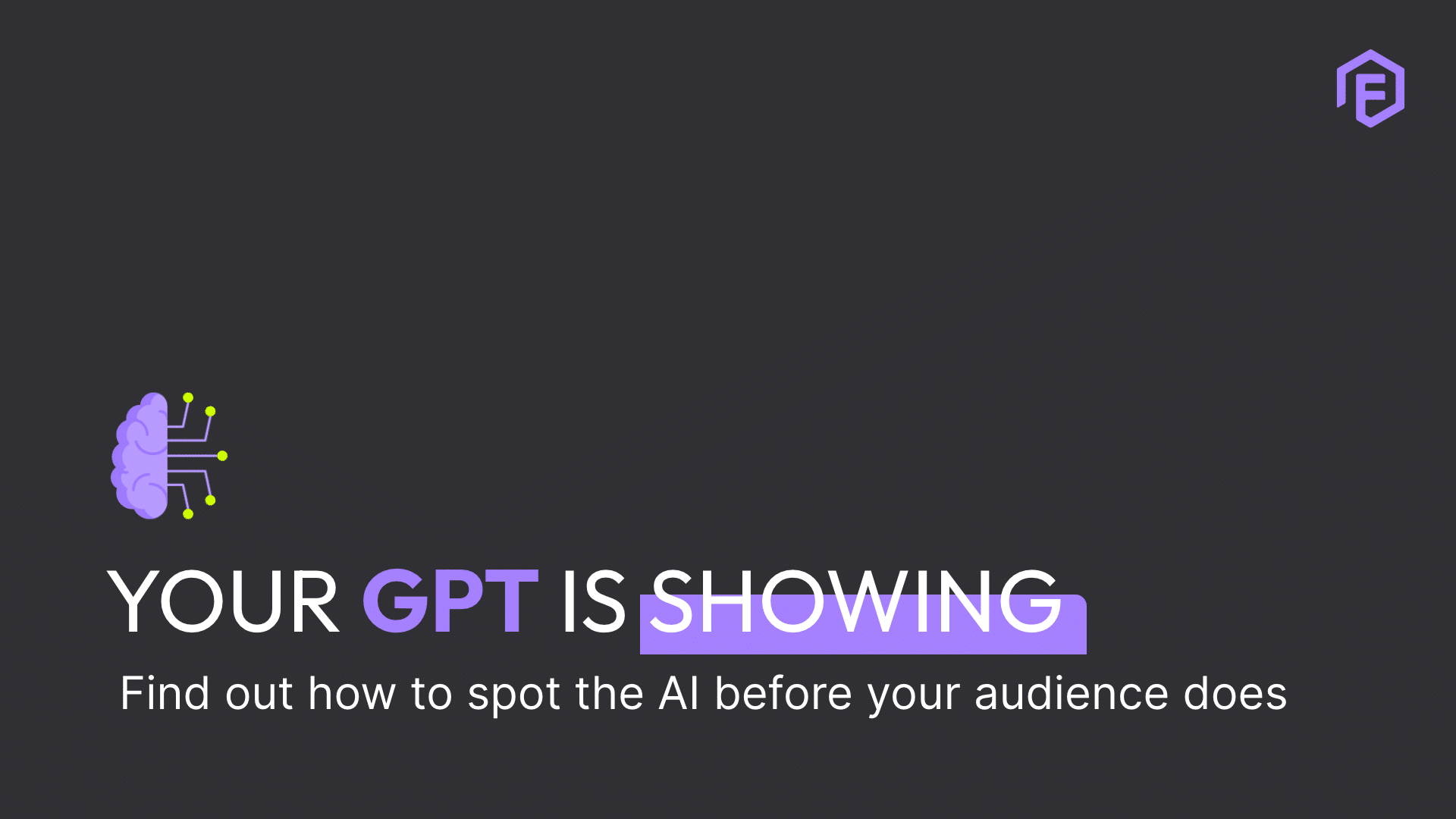Be it for a large corporate banking client, a fancy coffee machine label, a meat packing company or a small internal brand campaign, generating awareness usually starts with the launch of a new campaign. One key component to this, is coming up with a creative concept. Agencies have many fancy terms for this and oftentimes get into a frenzy over the need to “go viral” or “do what Nike did”. So, what really is a creative campaign, how does one go about it, and can its success be measured?
To clarify: creative concepts are based on two things: A communication or digital strategy, spearheaded by skilled strategists, usually with some creative input during their research or discovery phase. This step is crucial, as consumer targeting, personas, product USPs, brand tone and messaging can be clearly outlined for the creative team who are to follow. Secondly, a concise and thorough brief is shared with all. In part this would come first from the client, but also key take-outs and direction from the aforementioned strategists. Then, it’s the fun bit. The part that every creative in an agency wants some part of: Brainstorms, silly banter, memes, and pre-COVID of course, lots of board scribbling, donuts and drinks.
So what exactly is a creative concept?
It’s an overarching theme that centres around one main big idea. Although one could argue it’s often the small ideas, the ones that are most common and relatable to all of us that work the best. Those of us in advertising often refer to this as “the human truth”. For example, we all need insurance. But what is that ‘thing’ that makes this plan better? We all need our hair washed. But what is that ‘thing’ that sets this product apart? At some point, many of us will make a motor vehicle purchase. So again, what is that ‘thing’ that’ll make someone buy this new model? The creative concept’s job is to land the strategic objective in an engaging, memorable, fun or informative way.
Note: Until client sign-off and all internal Google form boxes are ticked, a creative campaign should be more focused on the broad possibilities, and less on the finer details such as a brands ideal font size on a banner. The ultimate aim is to sell the idea, to convince the client a direction has merit, and then to tighten and polish as one progresses.
How does this play out practically?
A campaign may have a few different “phases” or layers to it, but essentially it comprises a creative rationale (a reasoning of the core campaign idea), key visuals, various supporting copy lines to help provide context and information, and then the actual assets or roll-out of content pieces. In our digital world these are primarily content pieces for various social media channels, websites or apps: static images, GIFs, illustrations, video or animated content and rich media. This will almost always be a combination of both paid media ads and organic shareable content.
Who is usually involved in a creative concept?
Initially, anyone and everyone is encouraged to contribute. Then the first step is to decide which individuals are best suited to the task. Ideally, this will include a combination of senior and junior creatives. Experience and raw energy are both essential. Secondly, book sufficient studio time. Multiple reverts are likely, and so too are dead ends. The more time creatives have at their disposal, the wilder and more willing they are to explore and iterate. A looming deadline can on occasion spark insanely beautiful results. But most of the time it causes panic and rushed work. Thirdly, when ideas are refined a little, to present these to a wider internal team. Being able to share and discuss this with others is key to the process. Constructively picking holes in something can strengthen its position. Do colleagues understand the purpose of the campaign? Does anyone actually even believe it? Is the idea strong enough to live even beyond a week or two?
What’s the purpose of a creative concept?
Usually, the aim is segmented into two general buckets, which are not always mutually inclusive:
1) To gain more brand awareness or exposure
2) To generate more leads or sales.
I won’t get into the ROI on this blog, but the best thing with digital from the client side, is that these metrics can be tracked and therefore the spend is usually very transparent. Brand awareness is often where the bigger above-the-line agencies excel; billboards, TV, radio spots and full-page newspaper inserts – however, these are less easy to gauge success with. Digital being more immediate usually does much better in the area of leads or sales. To my point, every single time I pause on a Facebook ad it can be tracked, let alone the actual click-throughs to a website or app. Of course, most campaigns should play a little in both worlds – resulting in a strong, tactical multi-channel approach.
How does one measure success?
Success in advertising has traditionally been a tricky yard stick, apart from a huge uptake in sales of course. But even then, there are often multiple factors at play. Was the campaign distinctive or memorable? Did it align with the overall brand tone and voice? Did it create a positive response with customers? And yes, did sales actually increase? Not every campaign is going to be in the same ballpark of success metrics as the next one. Every brand is different, and so too are different markets.
So, although many of us won’t work on brands of Nike’s stature, this doesn’t mean a creative concept for say a roll-on deodorant can’t at least be eye-catching, effective in its messaging, attract new customers and achieve its end goals.
Here at Flume, our clients come first. We offer various services, including web, app, platform production, SEO, Data Analytics, digital strategy, creative production, and publishing. Whether you need to revamp your website or create engaging social media content, Flume has the expertise to make it happen. So why wait? Contact us today to learn how Flume can help your business thrive in the digital world!




